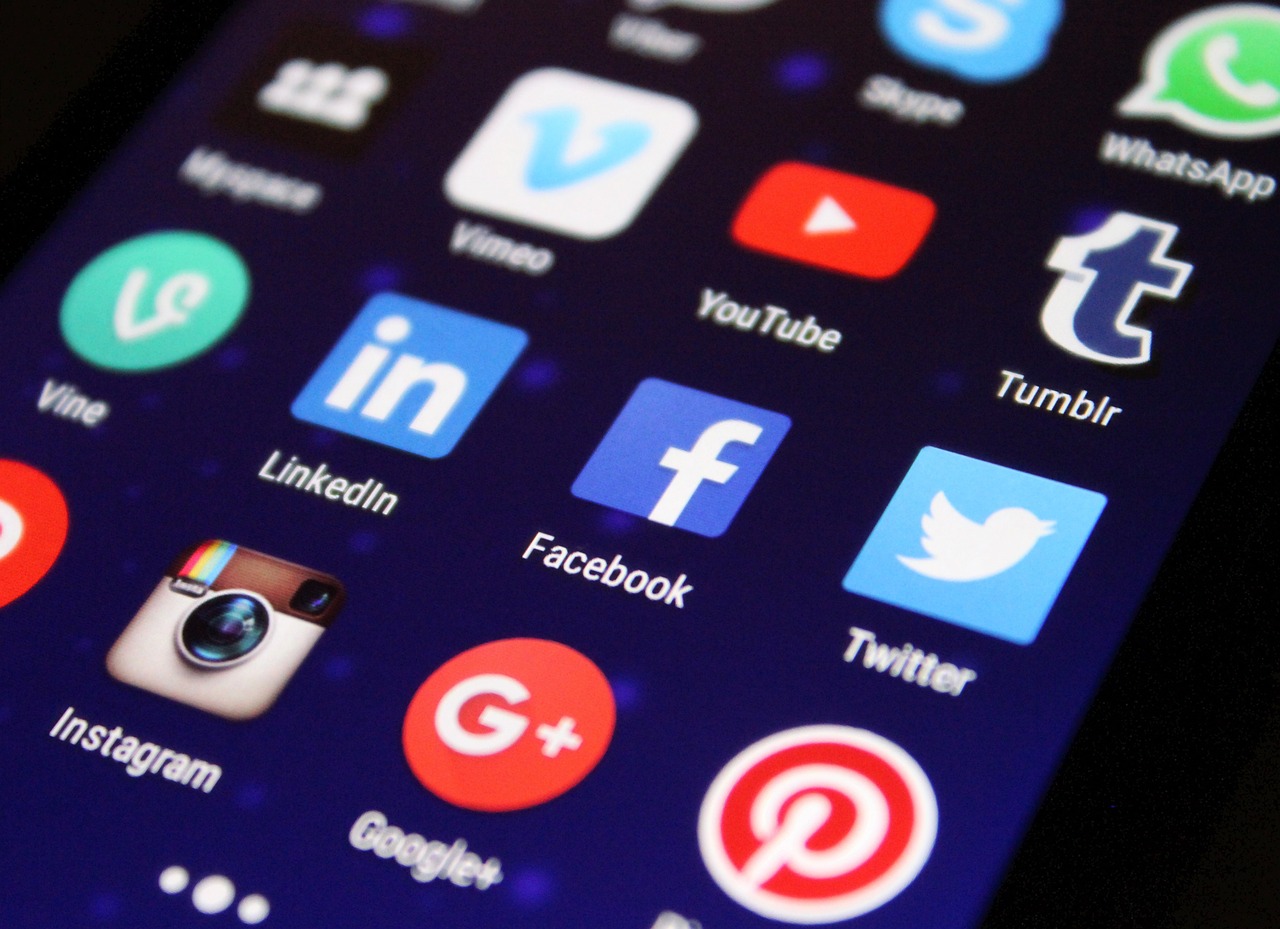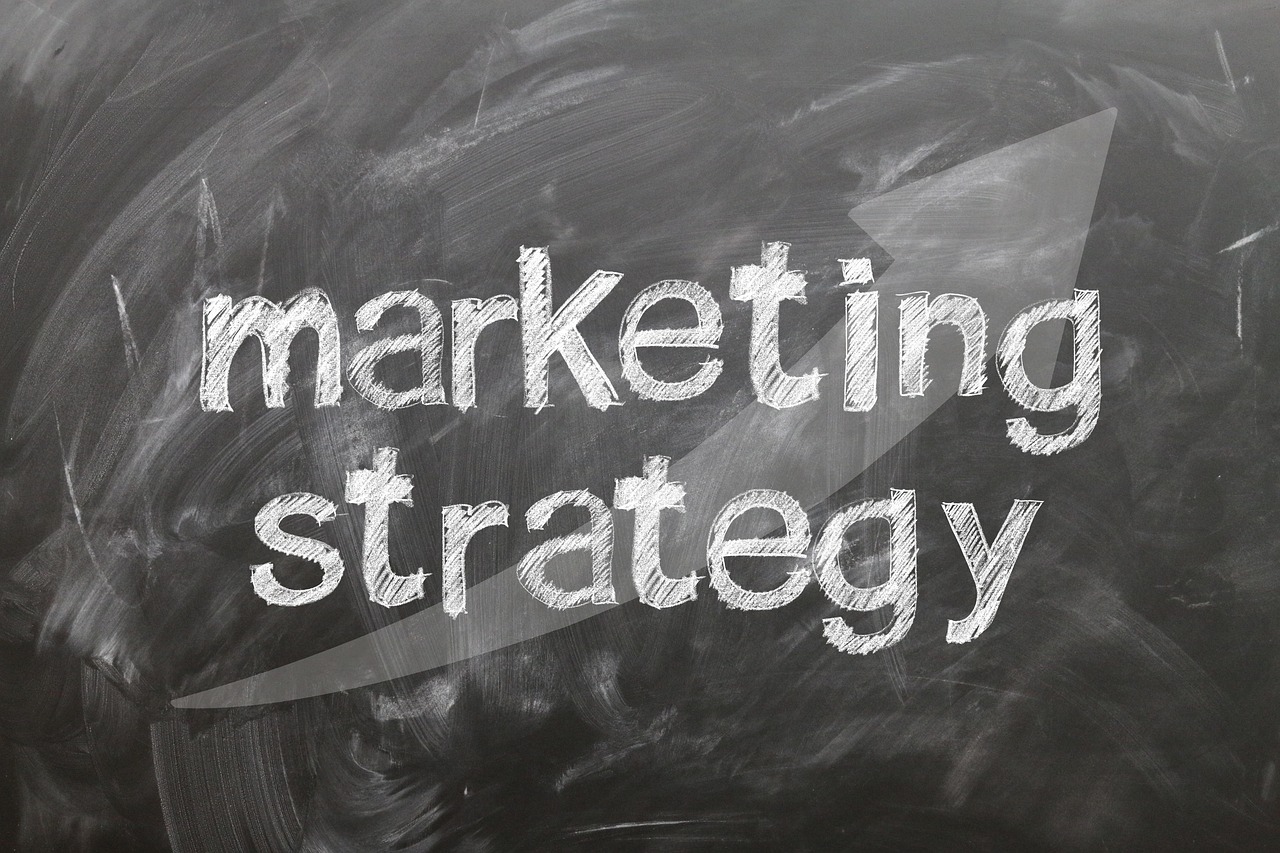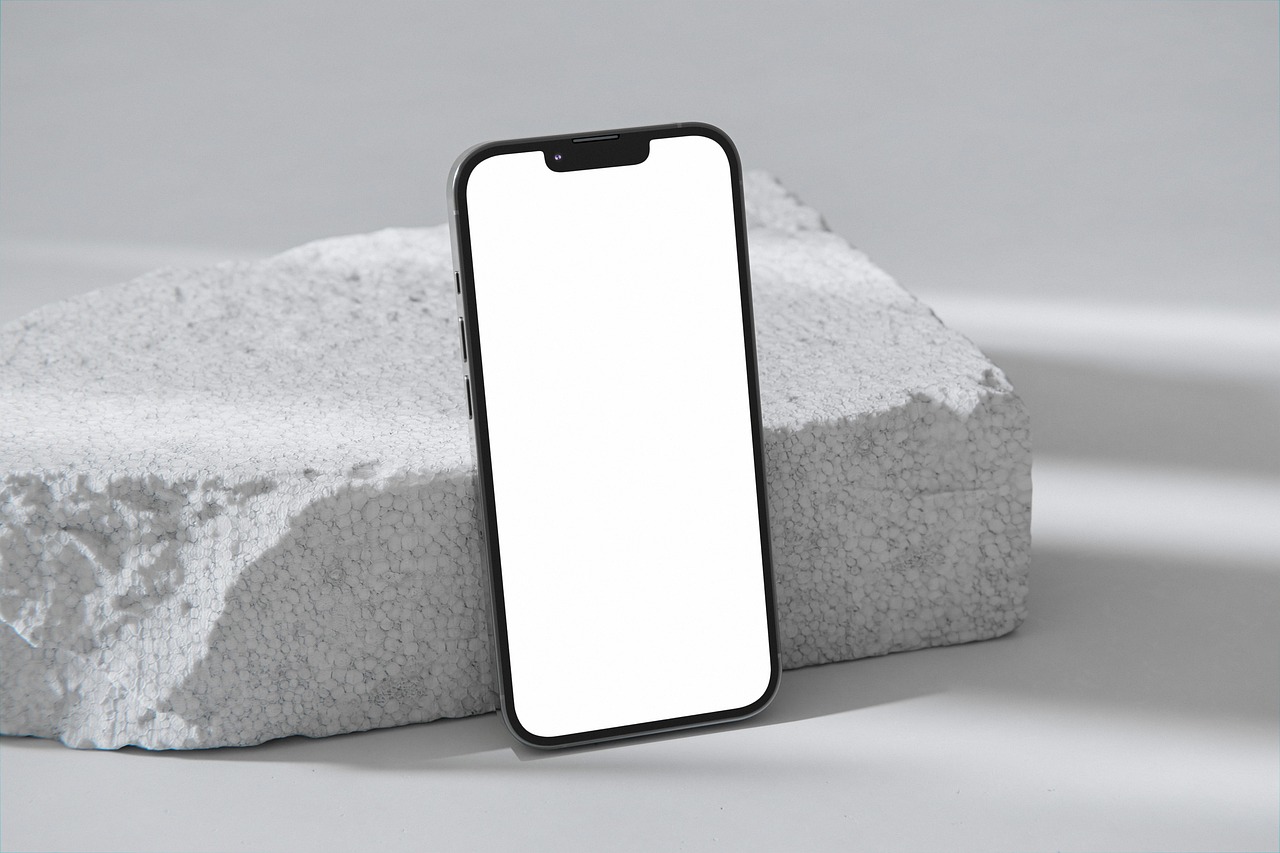Every time I scroll through my feed, it’s the same thing: brands scrambling for eyeballs with TikTok trends, stale memes, or rapid-fire “engagement hacks” that feel more like gimmicks than marketing. If you’ve noticed this too, you’re not alone. It’s like social media’s turned into a digital marketplace of who can shout the loudest, not who can connect the most deeply.
Now, don’t get me wrong. I’ve worked with brilliant creatives and savvy marketers across the UK who do understand the platform game. But far too often, brands chase virality without considering the big picture. That’s where good intentions get lost and where things really start going off the rails.
Engagement Isn’t Everything. Brand Equity Is
Look, getting likes, shares, and comments is nice. It’s a dopamine hit for both creators and clients. But if we’re stacking up dance trends without saying anything about the brand itself, what exactly are we building?
I once collaborated with a retail brand that had experienced a 300% spike in engagement after their social team jumped on a trending audio. They were thrilled. Until their next quarterly report showed no impact on brand recognition or product sales. They’d basically been shouting into the void.
That experience stuck with me. It was the perfect, painful example of confusing visibility with value.
Brand equity – the audience’s lasting perception of who you are – isn’t built on a “what’s hot this week” calendar. It’s shaped by consistent, authentic storytelling that resonates over time. Think less flash mob and more long-form drama.
The Trap of Trend-Chasing
UK brands aren’t immune to getting swept up in social media fads. I’ve sat in countless pitch meetings where clients said things like, “Can we do something like that viral hamster video but with our product?”
Trend culture moves so quickly that by the time a brand joins the party, it’s already ended. Worse, the attempt often comes off as cringeworthy or forced.
The common traps?
- Jumping on memes without understanding the context
- Diluting the brand message to “fit in”
- Posting erratically just to keep the algorithm happy
- Forgetting to ask why content exists in the first place
A trend might give you 48 hours of fame, but a solid narrative builds loyalty that lasts years.
So, What Actually Works?
Here’s the part where many brands pivot from frustration to clarity: The secret sauce isn’t more content. It’s better stories.
Let me break it down.
- Start with your brand narrative
– What does your brand stand for?
– What journey are you taking your audience on?
– What tone of voice speaks to your people?
If you’re not sure, good creative agencies spend time digging into this. They’ll workshop your brand’s emotional backbone before even touching a content calendar.
-
Think in seasons, not spikes
– Plan story arcs the way TV shows do. Developing themes, characters (your ambassadors or products), and through-lines that keep followers coming back. -
Mix up your formats cleverly
– Short-form video: Great for emotion, velocity, and “face” of the brand
– Carousels: Perfect for building depth. How-tos, education, values
– Static posts: Underrated glue. When done well, they establish familiarity and rhythm
The goal? Take your audience somewhere. Posts should feel like chapters in a book, not isolated thoughts on a wall.
Measurement, But Make It Meaningful
One of the most common questions I get is, “How do we even track storytelling success?” Spoiler: It’s not just about vanity metrics.
Smart agencies today use a mix of qualitative and quantitative tools to measure story impact. Here are a few worth noting:
- Content resonance analysis tools (like Talkwalker or Brandwatch) to track thematic engagement. Are people repeating your brand’s key ideas?
- Audience sentiment tracking, not just engagement volume
- Journey mapping to see how social posts move users along the funnel
- Share of voice, especially around brand values or causes
The future of marketing isn’t about CTRs alone. It’s about building trust and connection. And those aren’t always found in a spreadsheet. But with the right frameworks, you can measure meaning.
Case in Point: A Brand That Got It Right
Let’s talk about Octopus Energy. Not a client of mine, but one I respect deeply. Their social strategy doesn’t rely on cheap laughs or gimmicks. They lean into transparency, customer support, and meaningful storytelling. Often using simple tweet threads or short videos to explain energy pricing in plain English.
They’re memorable because they resist the pressure to go viral and instead focus on building long-term credibility. And it’s working. Their custom creative approach has built a community that feels like a tribe, not just a follower count.
That’s storytelling in the wild.
Final Thoughts: Are You Building a Channel or a Presence?
If there’s one thing social media teams and decision-makers in UK brands need to sit with, it’s this:
A good social strategy doesn’t just interrupt the scroll. It earns the follow.
You don’t have to reject trends entirely. Lots of clever creatives can tie them into broader narratives beautifully. But don’t let trends define your brand. Let your story steer the ship.
So here’s your challenge: Strip things back to your core story. Work with creatives who get you. Don’t chase clout. Create connection.
Your audience deserves more than sugar hits.
Frequently Asked Questions
What’s the difference between brand storytelling and regular marketing?
Traditional marketing tends to focus on quick wins. Selling a product, boosting awareness, or running promos. Brand storytelling digs deeper. It’s about shaping how people feel about your brand over time using consistent, authentic narratives across multiple touchpoints.
Is it still worth using memes or trends if they get engagement?
If used deliberately and aligned with your brand voice, trends can work as tools. Not crutches. The danger is using them instead of strategy. Always ask: Does this add to my story or just distract from it?
How do I build a content strategy around storytelling?
Start by defining your brand’s core message. Then map out pillars or themes that support it. Like values, customer stories, behind-the-scenes, or education. From there, plan content arcs that develop over time, and use a mix of formats to tell those stories dynamically.
What tools help measure long-term impact, not just likes and shares?
Platforms like Brandwatch, Sprinklr, and Meltwater can help monitor sentiment, recurring themes, and share of voice. Also, tools like Hotjar and GA4 can track how social content drives behavior on your website. Always combine hard data with qualitative insights.
Do I need a creative agency to do this right?
Not always, but the best agencies bring fresh perspectives, storytelling structures, and access to tools that are hard to develop in-house. If your internal team is stretched thin or feels creatively stuck, partnering with an agency can be game-changing.
Ready to trade in the dopamine chase for something more meaningful? Build a brand worth following. One story at a time.






